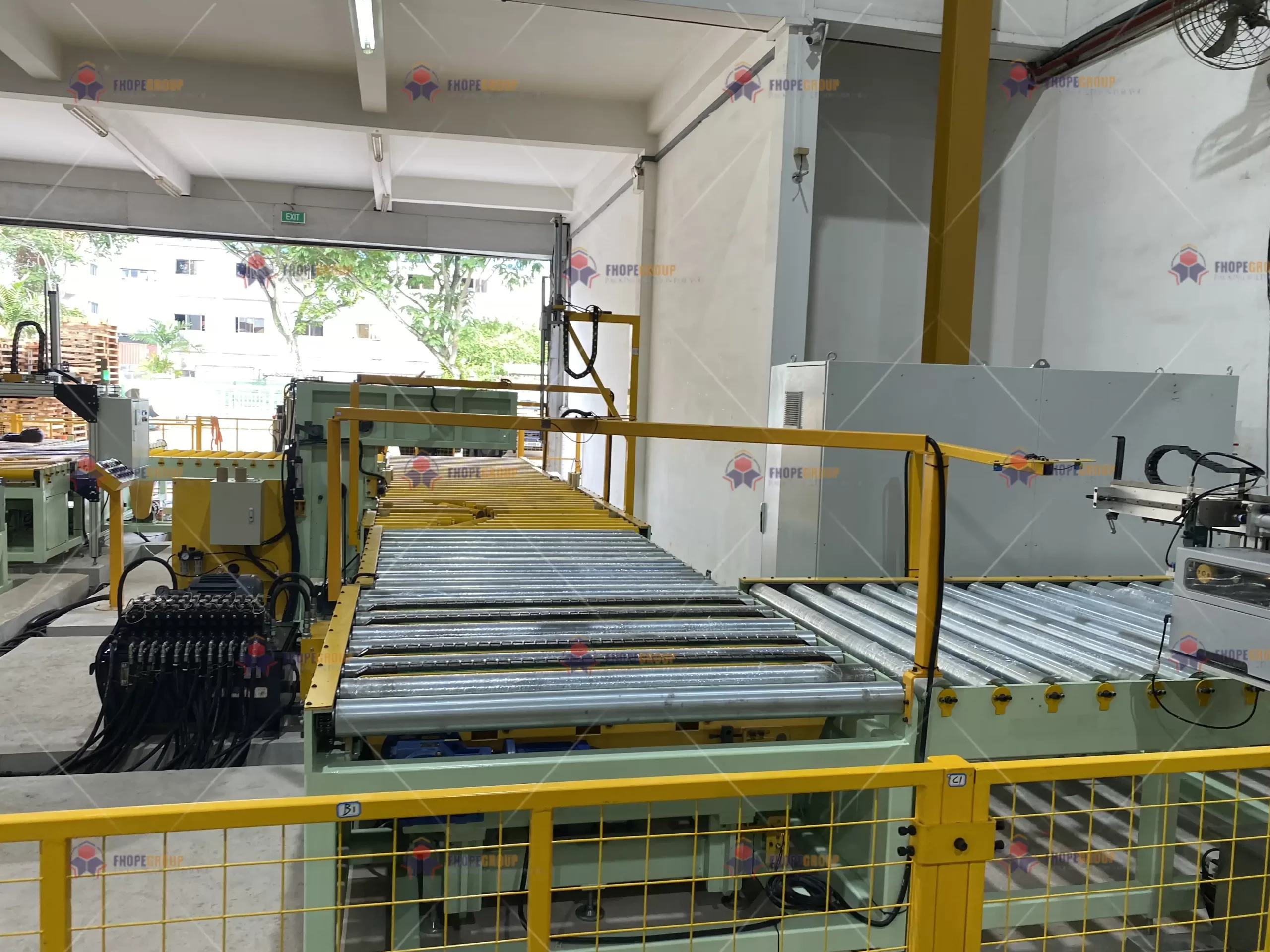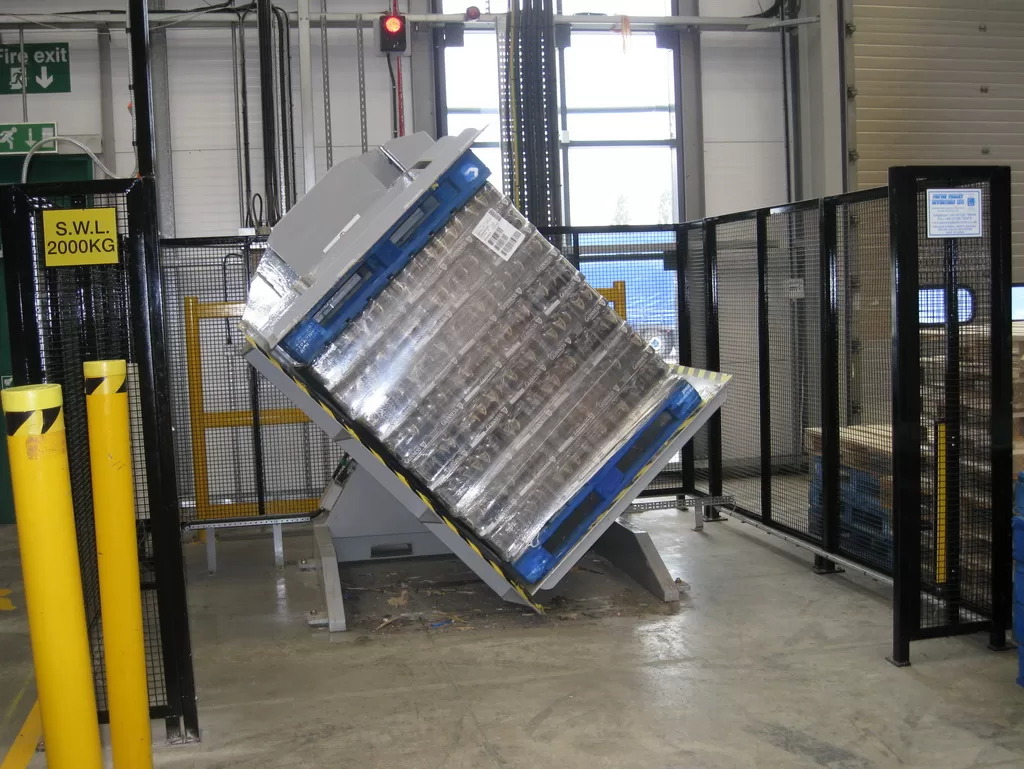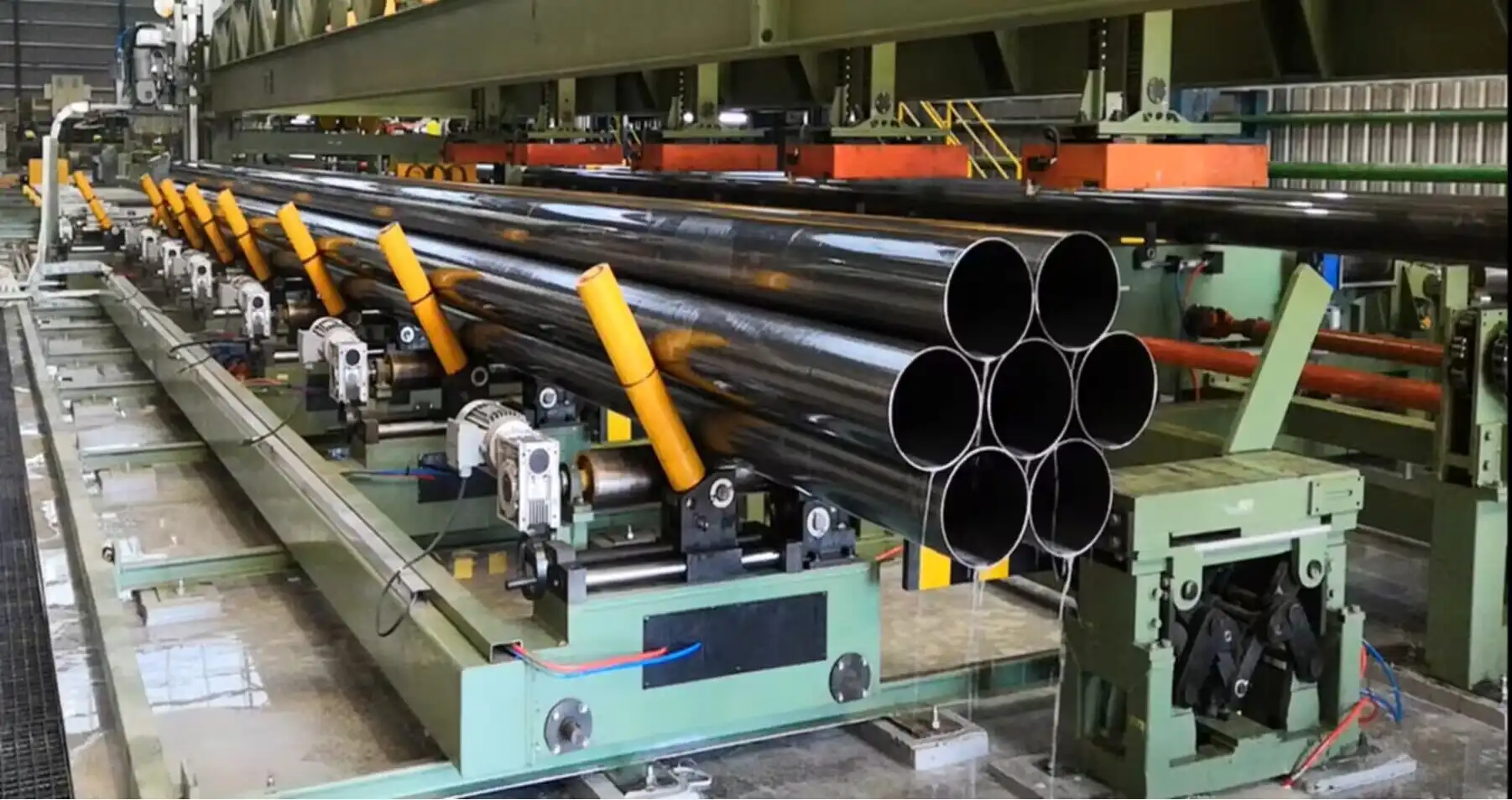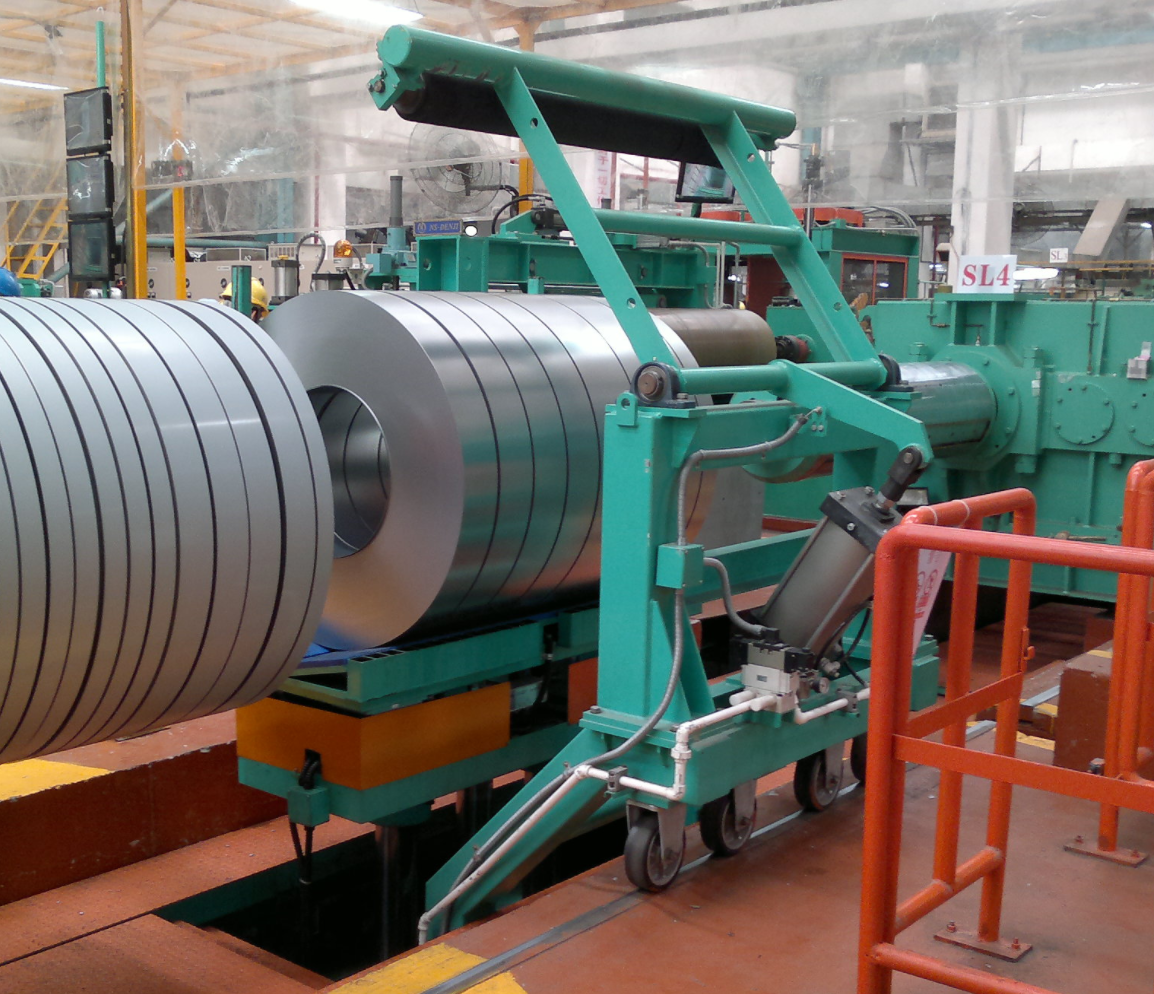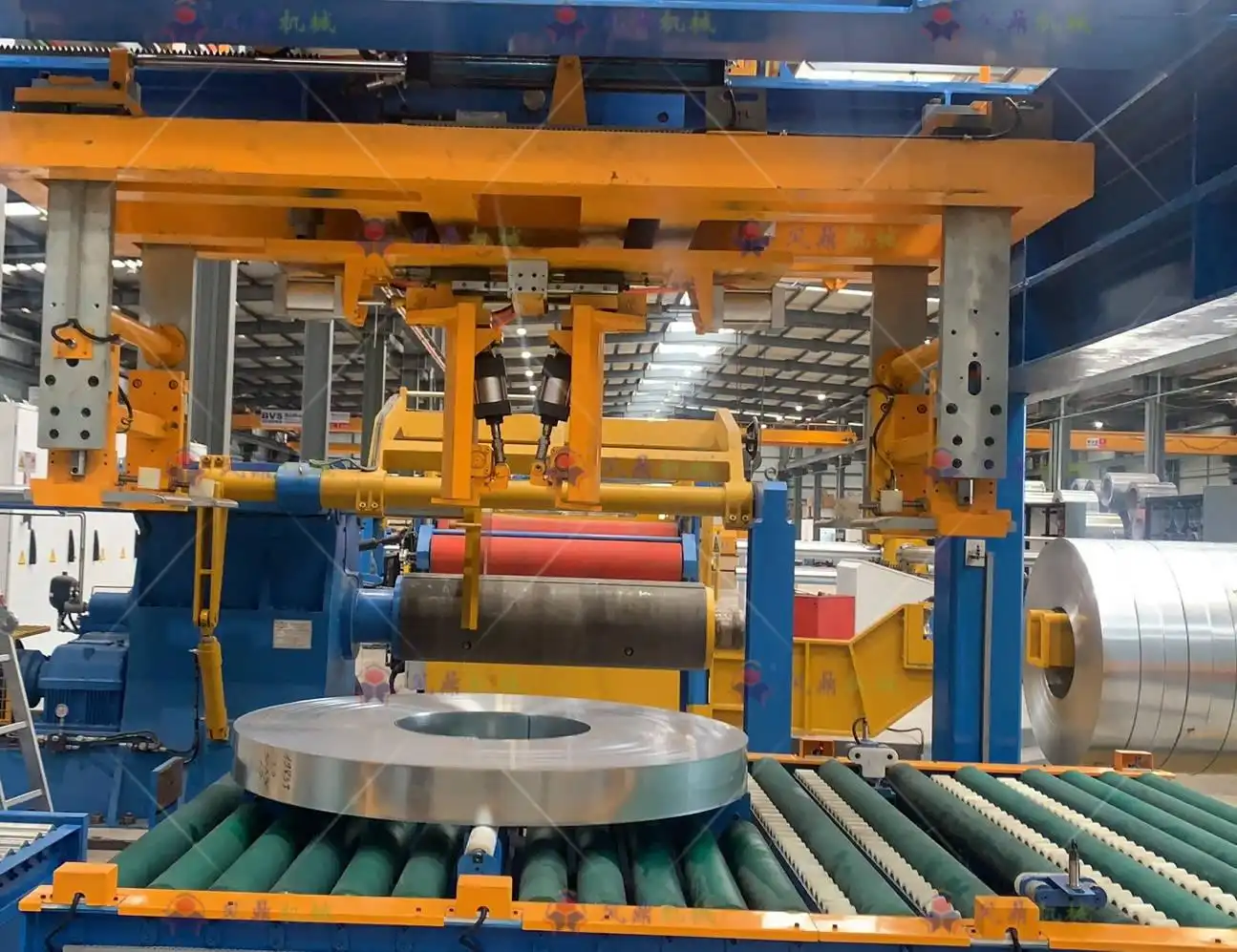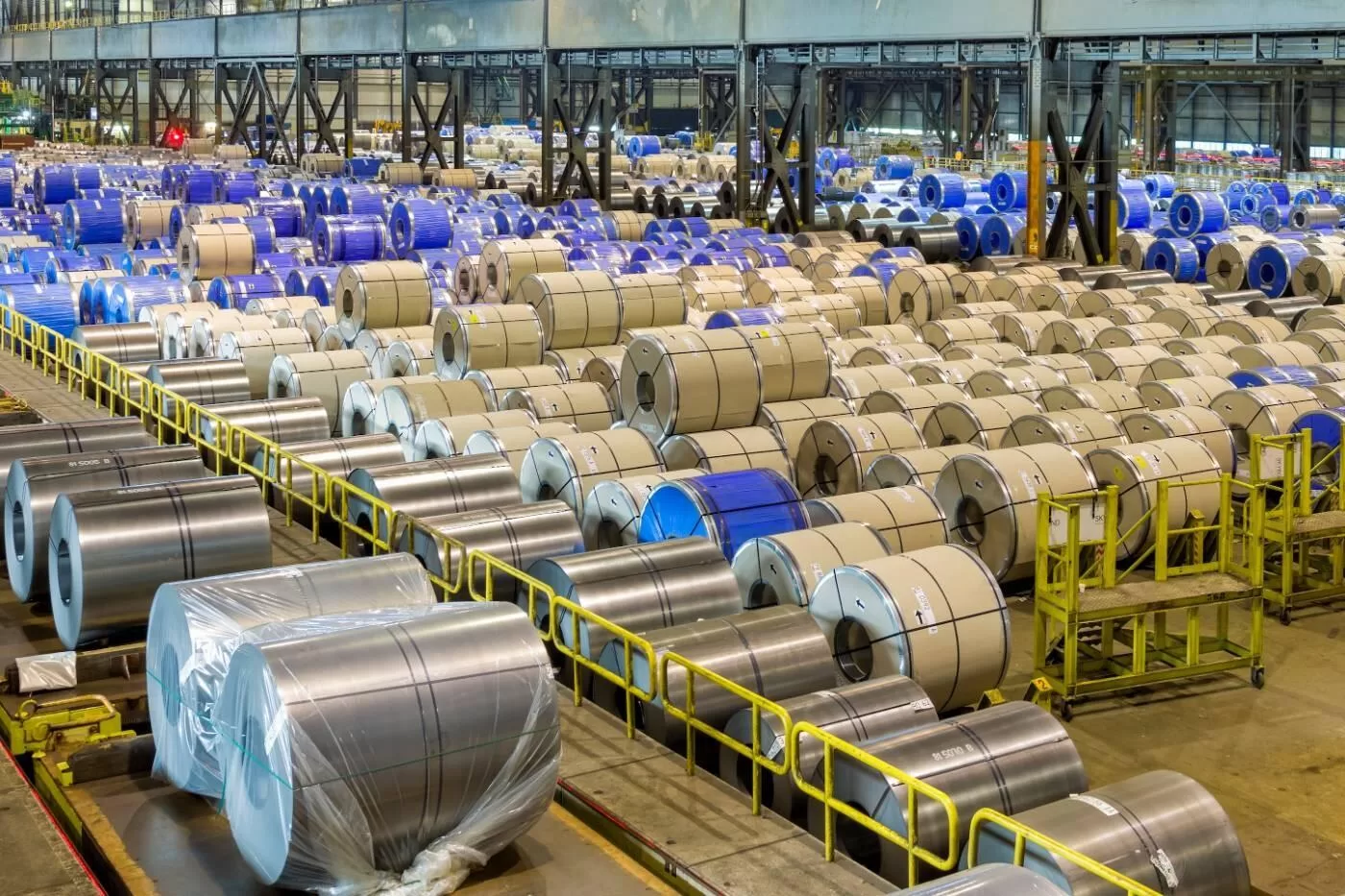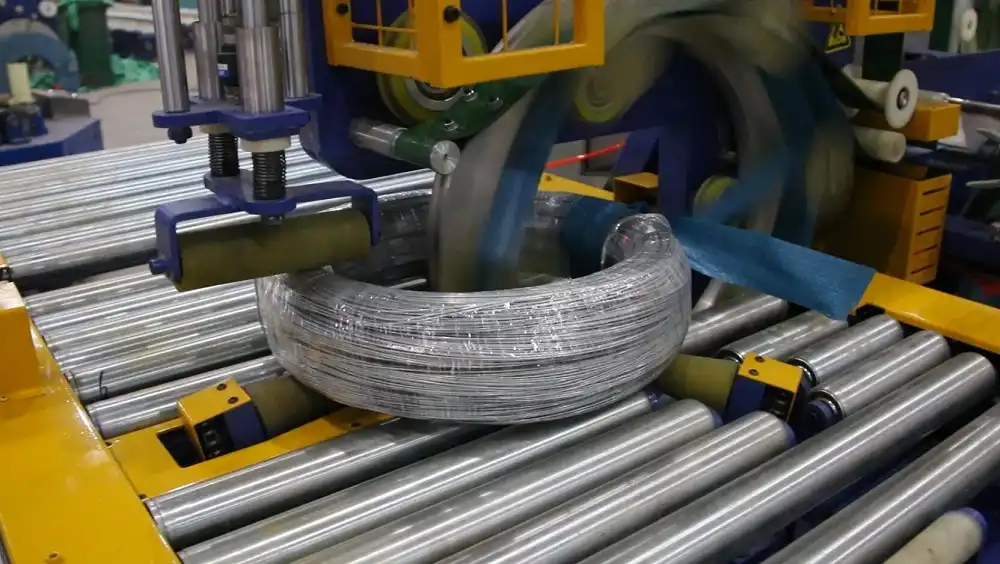Feeling overwhelmed by the choices between electric and hydraulic coil upenders? Discover the best fit for your steel coil handling needs without any extra guesswork.
Electric steel coil upenders offer precise control and energy efficiency, ideal for facilities prioritizing sustainability. In contrast, hydraulic models provide unmatched power, perfect for heavy-duty applications requiring significant force. Weighing your specific requirements and operational goals will guide you to the most suitable option.
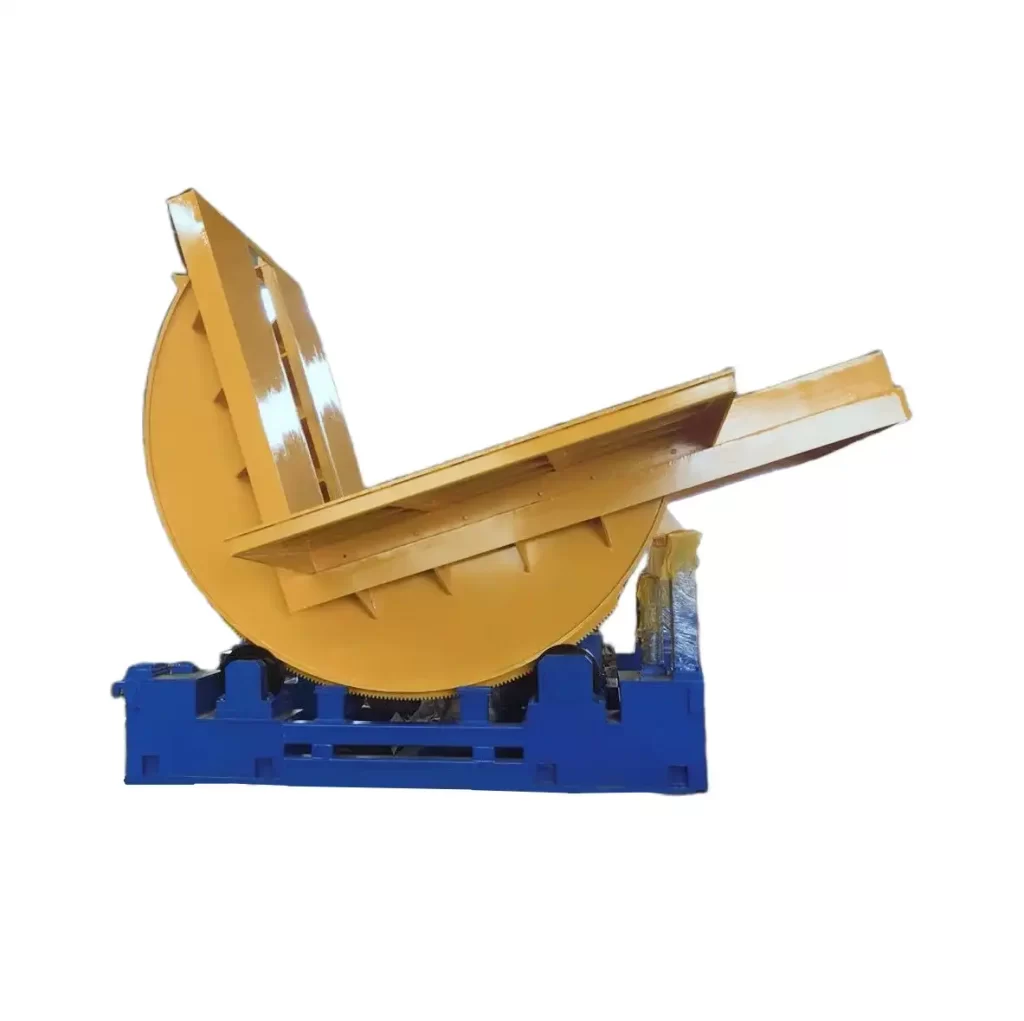
Deciding between electric and hydraulic upenders can be challenging, given their distinct features. While electric upenders emphasize efficiency and precision, hydraulic versions excel in raw power. Understanding these differences lets you align your selection with your operational demands and goals. Let’s dig deeper.
1. What are the key differences between electric and hydraulic coil upenders?
Choosing the right equipment is a task; understand the fundamentals first. Electric and hydraulic upenders have their unique strengths. Electric models are known for precision, while hydraulic ones deliver unparalleled force.
Electric coil upenders utilize electrical motors for movement, offering quieter operation and improved precision. Hydraulic upenders rely on fluid-driven cylinders, suitable for tasks demanding high force. Operational efficiency or raw lifting power? Analyze what your operations need most to make an informed choice.

Exploring Operational Efficiencies
Understanding the nuances between electric and hydraulic coil upenders requires examining their operational efficiencies. As a manufacturer deeply rooted in the packing machine industry, my experience has taught me the significance of matching equipment capabilities with business goals.
| Feature | Electric Upenders | Hydraulic Upenders |
|---|---|---|
| Precision Control | High, due to electronic systems | Lower, mechanical control limits precision |
| Power Consumption | Generally lower due to electric motors | Higher due to hydraulic systems |
| Noise Levels | Quieter operation | Noisier due to fluid movement |
| Weight Handling Capacity | Moderate, varies by motor specifications | High, designed for heavy loads |
| Maintenance Needs | Lower, less fluid management | Higher, fluid levels need constant checks |
| Environmental Impact | Eco-friendly, fewer emissions | Higher, potential for fluid leakage |
From my extensive experience, here’s my take: Electric upenders suit those aiming for energy savings and quieter operations. Yet, if your industry demands lifting heavy coils, hydraulic systems, while requiring more attention due to fluid management, might just be your go-to. Recognizing these factors is key to optimizing your production line and ensuring safe and efficient coil handling.
2. What are the advantages and disadvantages of each type?
Tackling the complexities of coil handling challenges every industry professional. Navigating the advantages and disadvantages of electric and hydraulic options effectively mitigates risks and maximizes output.
When it comes to choosing between electric and hydraulic coil upenders, understanding their unique advantages and disadvantages can greatly impact operational efficiency and costs. Electric systems offer precision, while hydraulic ones provide robust power.
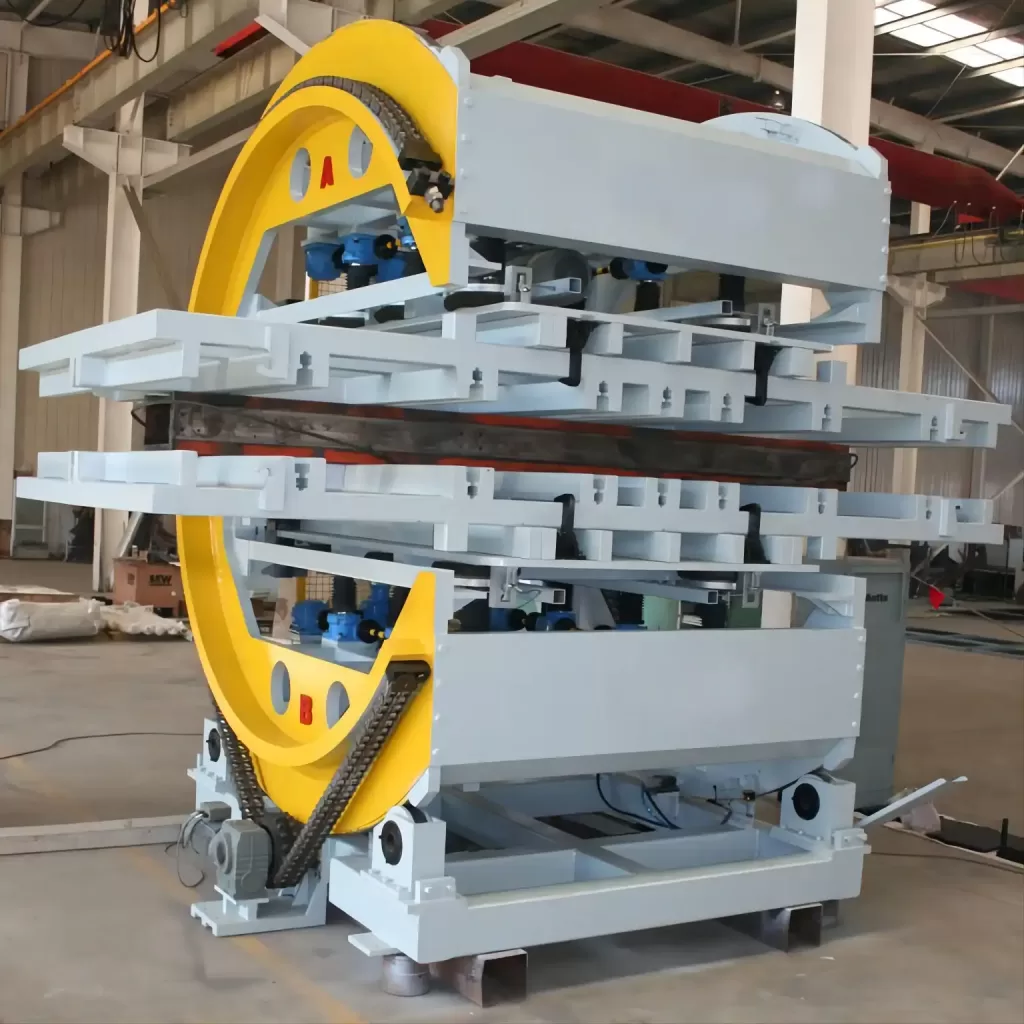
Exploring Electric versus Hydraulic Coil Upenders
For any operation engaged in coil handling, determining whether to utilize electric or hydraulic coil upenders is essential. Each type has unique benefits and limitations that make them suitable for different applications.
| Feature | Electric Coil Upender | Hydraulic Coil Upender |
|---|---|---|
| Precision and Control | Offers superior precision and control with adjustable settings and consistent performance. | Provides good control but can lack the fine-tuning precision of electric models. |
| Power and Load Capacity | Best for lighter loads due to limited power capabilities. | Suitable for heavy-duty applications with high load requirements due to robust power. |
| Energy Efficiency | Generally more energy-efficient, reducing overall operational costs. | Consumes more energy, which can increase operational expenses. |
| Maintenance Requirements | Requires minimal maintenance, with no fluid leaks or pressures to monitor. | Needs regular maintenance to prevent leaks and maintain hydraulic efficiency. |
| Initial Investment | Often higher initial cost but promises cost savings in efficiency. | Typically lower upfront investment compared to electric models. |
Selecting the right type involves considering operational priorities. Electric upenders suit precision-driven tasks, while hydraulic models excel in heavy-duty applications.
3. How to determine the best option for your application?
Understanding the needs of your operation sets the stage for choosing the right coil upender. Defining priorities will facilitate a more informed decision-making process.
To determine the best coil upender for your application, start by assessing your specific needs, including load requirements, precision needs, energy efficiency, and maintenance capacity. Align features with your operational goals.

Aligning Operational Needs with Coil Upender Features
A careful evaluation of operational needs is crucial when selecting a coil upender. Begin by establishing key priorities, such as load capacity, precision requirements, and operation scale. Examine how different features align with these priorities.
| Operational Priority | Electric Coil Upender | Hydraulic Coil Upender |
|---|---|---|
| Load Management | Ideal for lighter loads and precise handling. | Excels in robust load management for industrial demands. |
| Precision Requirements | Provides exceptional control, essential for delicate operations. | Offers robust performance suitable for high-force applications. |
| Energy Efficiency | Offers cost-effective energy consumption, ideal for sustainable operations. | May result in higher energy costs, less suitable for limited-budget settings. |
| Maintenance and Upkeep | Requires minimal, straightforward maintenance, ideal for small teams. | Needs consistent maintenance, more suited to larger operations with skilled maintenance staff. |
Taking these critical factors into account helps ensure your choice of coil upender directly contributes to maximizing efficiency and productivity while minimizing risks and operational costs.
Conclusion
Effective coil handling relies on choosing the right tool. Electric and hydraulic coil upenders both offer unique advantages and drawbacks. Align your choice with operational priorities to enhance productivity and efficiency.
Summarize the key points of comparison between electric and hydraulic coil upenders, emphasizing the importance of aligning choice with operational needs and efficiency.


